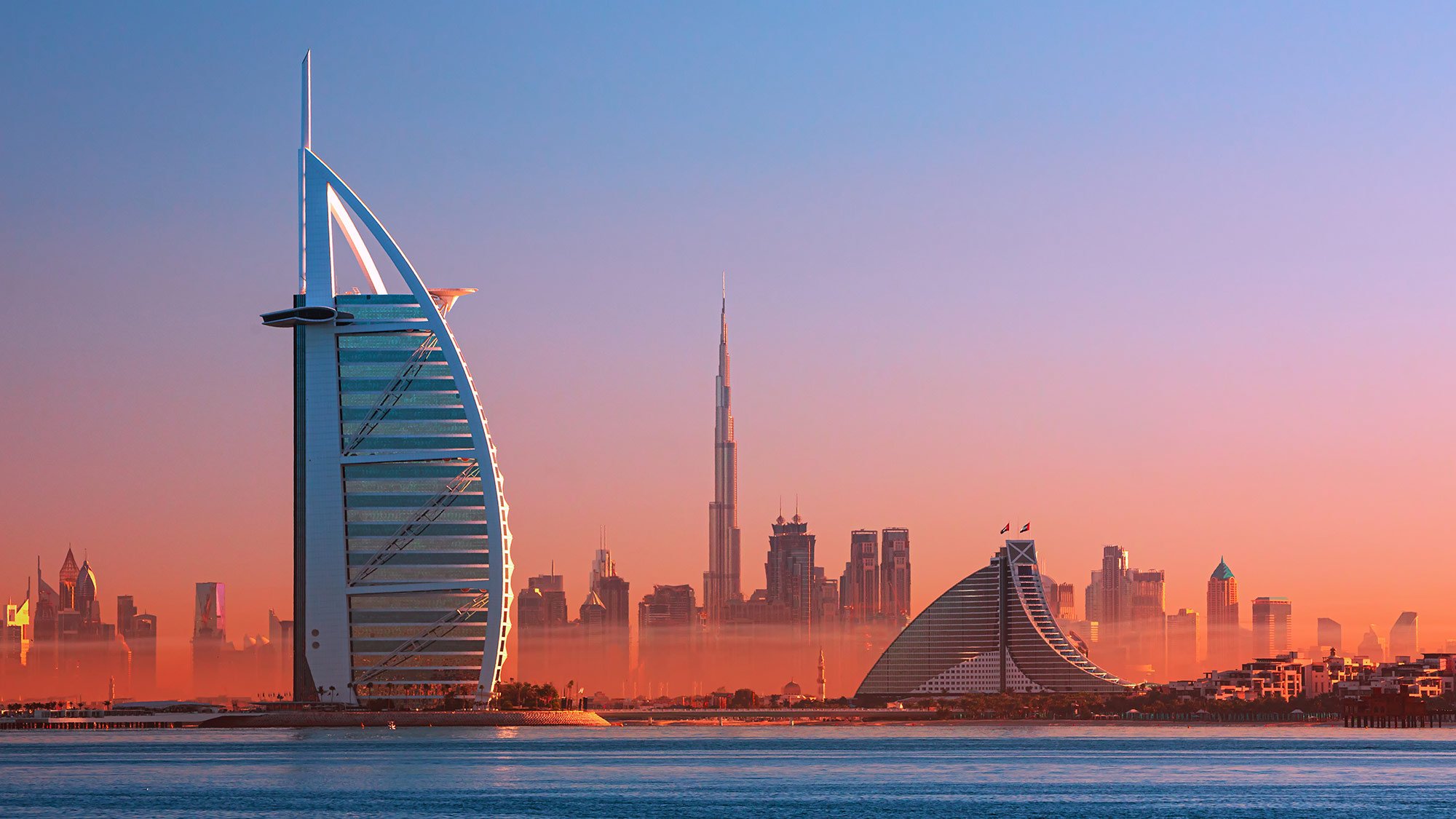At this year’s COP climate summit in Dubai, the much anticipated ‘global stocktake’ will be published. This document will include a hard reckoning on progress made to date on solving the climate crisis. Early coverage suggests, as many no doubt predicted, that the world is far from being on track to halt climate change. For this reason, while we all want to see more action on climate mitigation, it’s clear that climate adaptation and resilience are now increasingly urgent priorities.
Here in the Gulf region, the growth in economy and populations has been driving major investments in urban development. Both new cities and city extensions are being imagined on a grand scale and at great speed. For those of us in the field of built environment planning and design, there is a massive opportunity here to learn from the climate science, to utilise the scientific predictions to inform the way we plan and design these new urban developments and their supporting infrastructure, so that they’re prepared for what we all anticipate is coming.
In an arid region with large coastal populations, climate effects like extreme heat, sea level rise and intense flooding are challenging many of the current urban planning practices. There’s an urgent need to revisit many of these assumptions and choices, from location, form, layout to materials, movement and servicing utilities. Given the nature of the local climate, many common nature-based adaptations like integrating blue/green infrastructure aren’t necessarily as viable or effective as they would be in colder, wetter areas of the planet. This means we need to focus on exploring tailored solutions that are more effective across this region.
A secure investment
For investors in urban development, embedding climate resilience is rational but of course brings new costs. However, it should be clear to anyone that by ignoring the issue, you’re really only delaying likely costs from climate impacts that will surely follow in the near future. Across the Gulf region, populations are almost entirely becoming urban. Major climate impacts have cascading economic effects on everyone. Hence, whilst it is an expensive business to retrofit existing buildings at scale to deal with climate threats, it is a worthwhile strategic investment. An even more appealing investment is to plan and design in the resilience at the start of the ongoing new projects. Given that what were previously once-in-a-century phenomena like extreme flooding are becoming more frequent and intense events, climate risk needs to be better understood as a foundational element on any investment in future urban development.
Resilience: a new urban vision
Here at Arup we spend a lot of time exploring ways the built environment can be planned, designed and engineered to meet the performance requirements and climate constraints we now face. There are scalable solutions to the mix of risks the Gulf region will increasingly face, from district level initiatives to the design of individual buildings. But no one can deny the complexity and level of commitment involved in realising climate resilience.
Heat stress and urban heat island (UHI) effects
Recent Arup research has revealed the growing extent of urban heat islands, where a combination of materials, building density, population growth, and loss of nature renders areas of cities unbearably hot.
These effects can be anticipated and dealt with by thoughtful design. This includes encouraging 5-minute and 15-minute city models that are mixed-use developments, reducing trips needed between different parts of the city, typically by cars on roads which increases urban heat. Promoting compact urban grain to reduce direct solar radiation and self-shade building facades and streets/public spaces is another effective strategy. The effective use of shading and low thermal mass materials with high reflectivity for street hardscapes and buildings roofs and facades reduces heat retention, reducing the UHI effect.
Increasing flood risk
In an arid region, urban planning hasn’t kept up with predicted or experienced climate intensified flooding. The increasing frequency of extreme rainfall requires a new approach to flood defences, drainage systems and an understanding of its impacts on related infrastructure like transport and energy systems.
Many cities in the region now have comprehensive drainage masterplans, which is a great first step. Upgrading and expanding stormwater drainage systems to handle increased rainfall and storm surges is one of the areas many municipalities in the region are working on. However, there is a lot more to do on implementing sustainable drainage solutions, such as permeable pavements and green infrastructure, to reduce surface runoff. Increasing the number of natural spaces and parks within the built areas can act as natural buffers and absorb excess water during floods.
There are plenty of enablers and tools that will support building in resilience and climate adaptation in cities in the region. These are effective in addressing, in one go, a number of the climate risks and should be applied in a systematic way. These range from adopting an integrated urban planning and design approach, to utilising advanced technology and data analytics, and from setting out holistic policy frameworks and governance to providing financial mechanisms and investment that support climate and risk finance.
Wherever a country has the good fortune to be developing new towns and cities, we need to see a really strong pivot to environment-led design. As my colleague Kerry Whalley has also recently written, environment-led design doesn’t replace commercial goals, it really just increases the value of what you build, by maximising its resilience to climate effects you’re making things more appealing and enjoyable to live and work in. With the whole Gulf region considering its future form in a post-fossil fuel world, it’s imperative to ramp up the investment in resilience.
 ;
;

